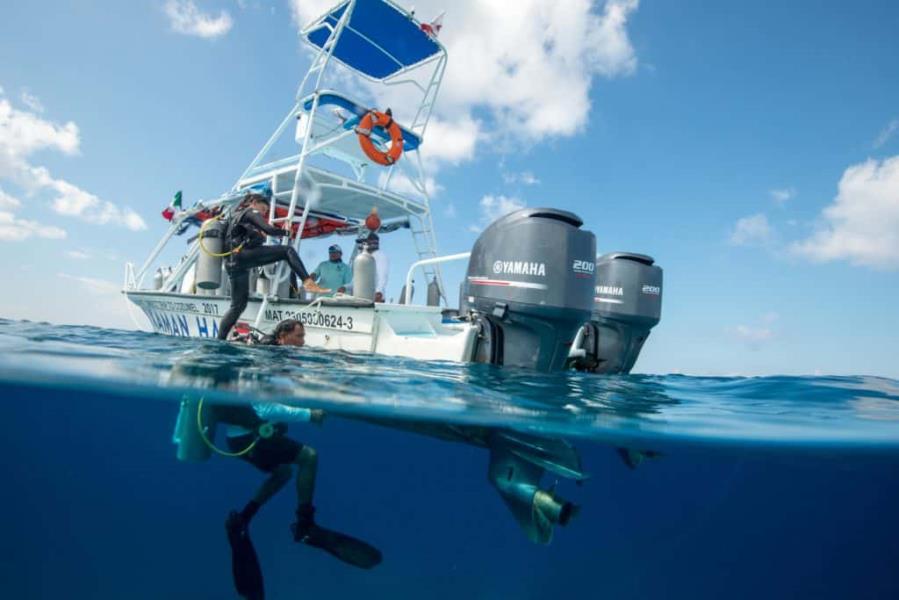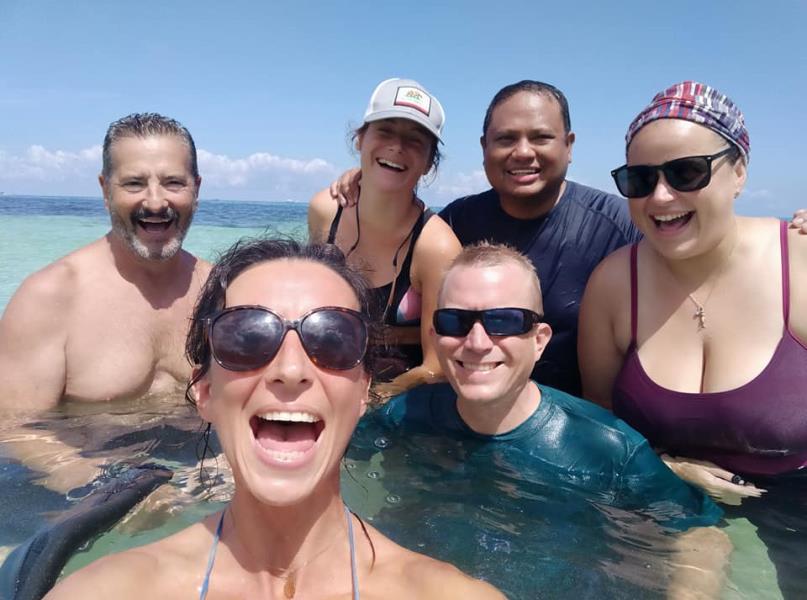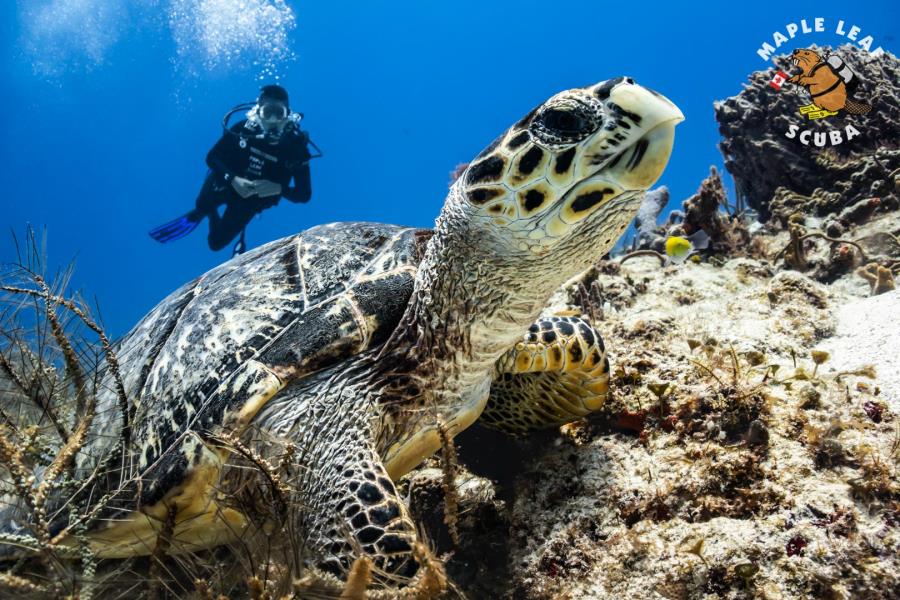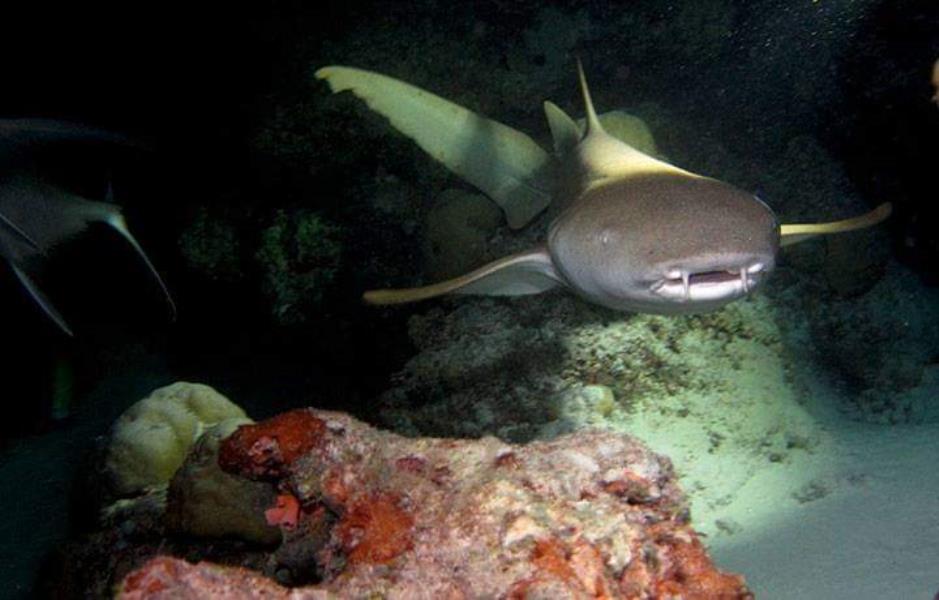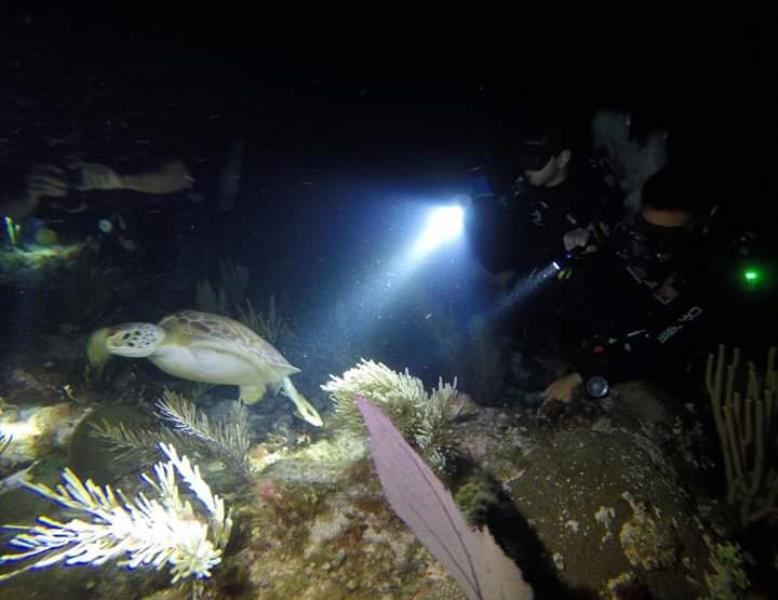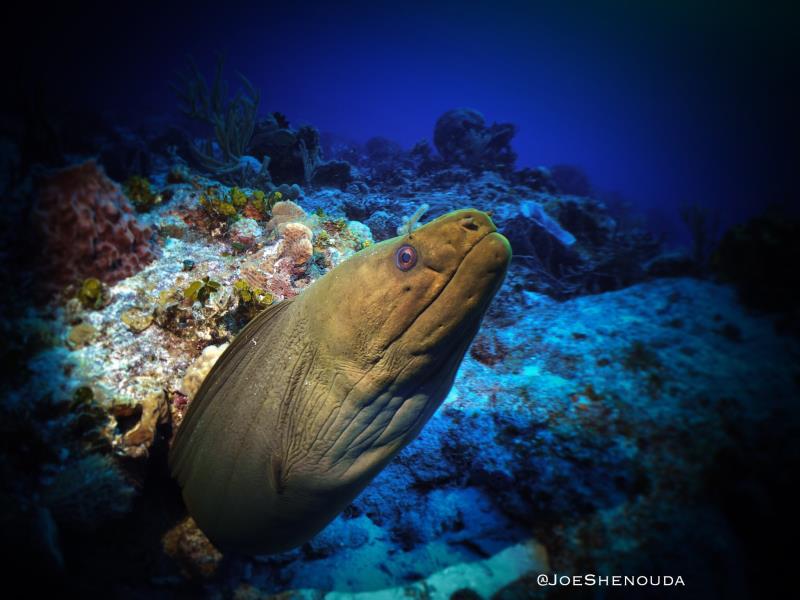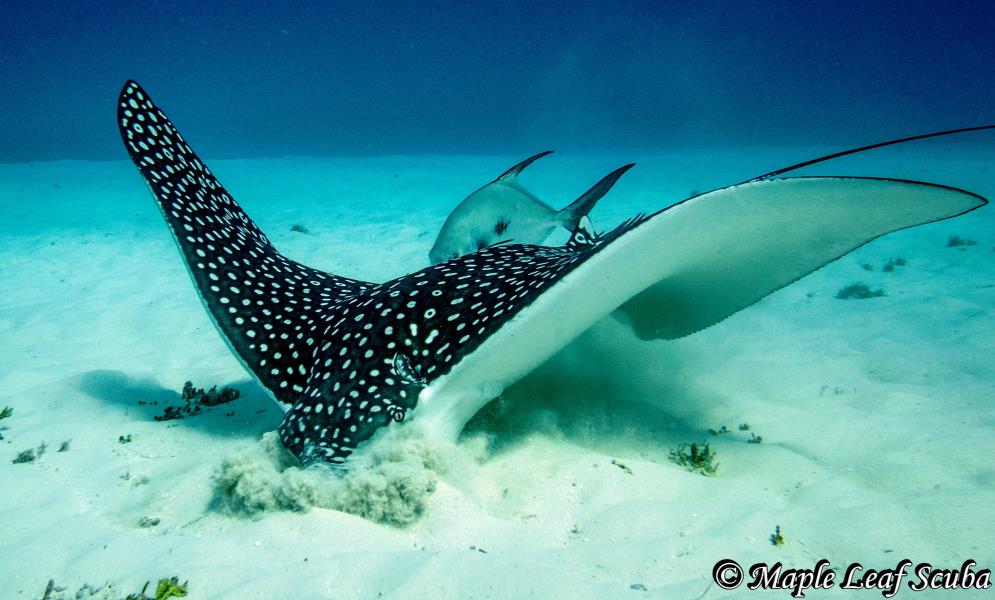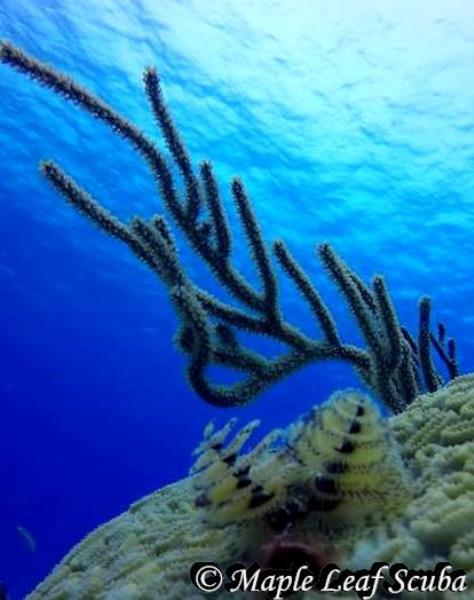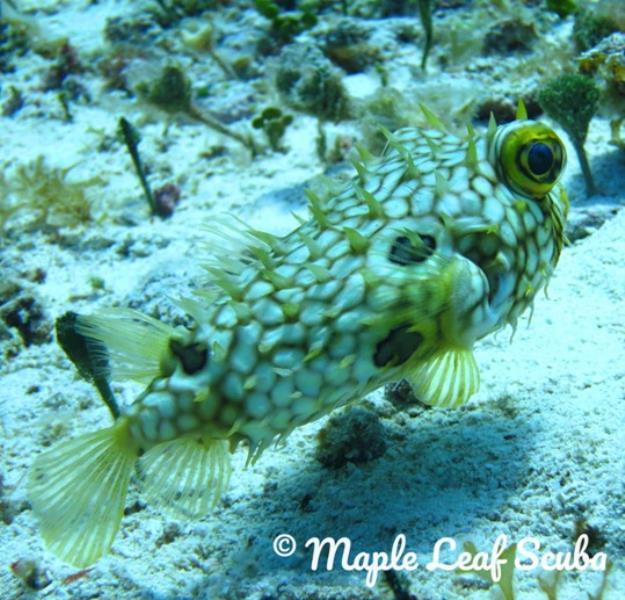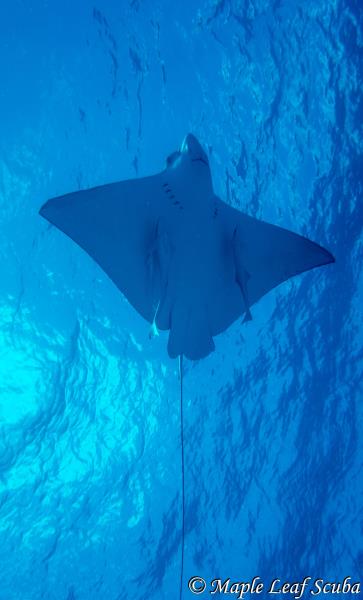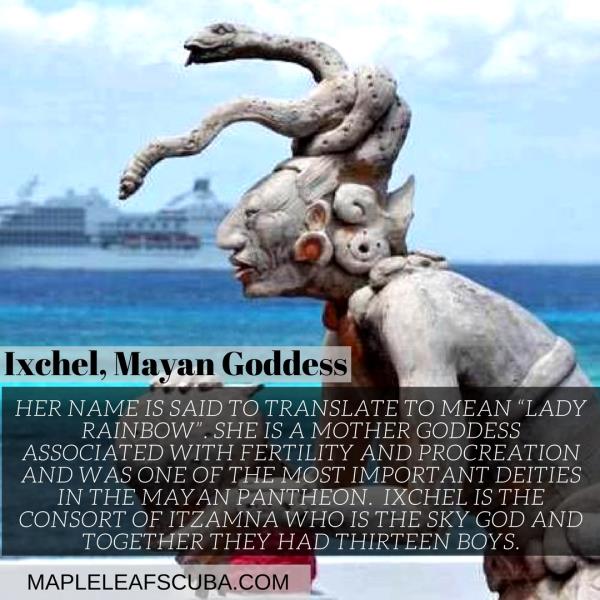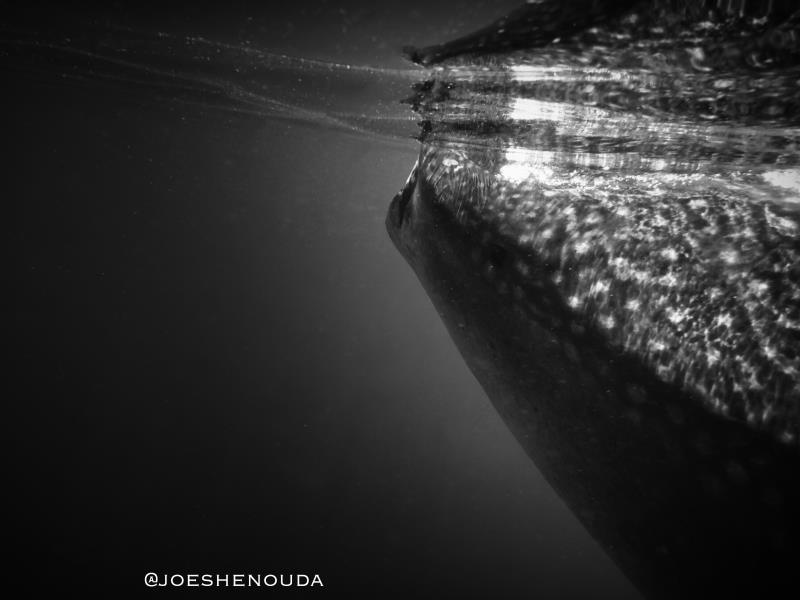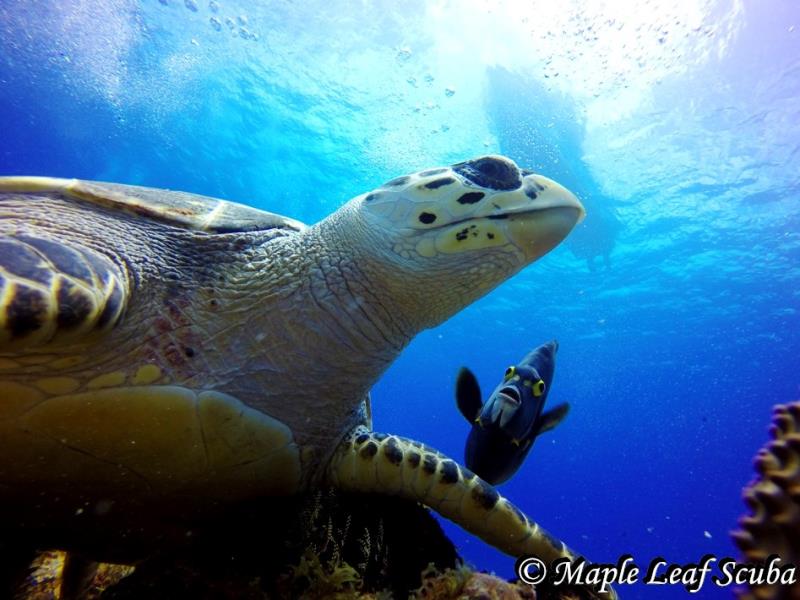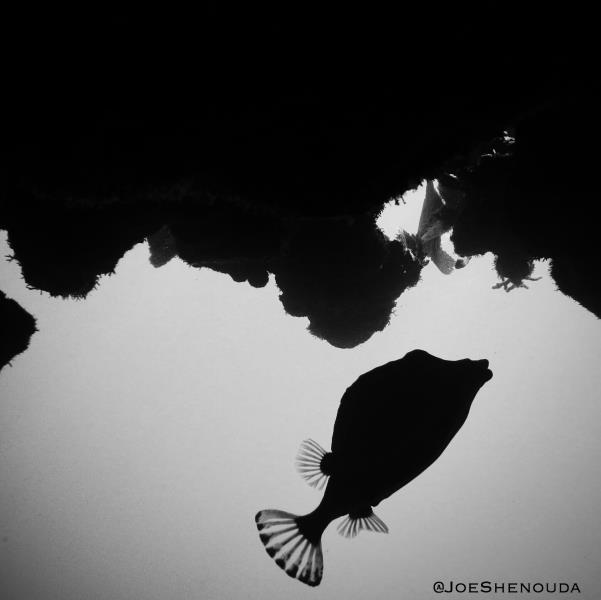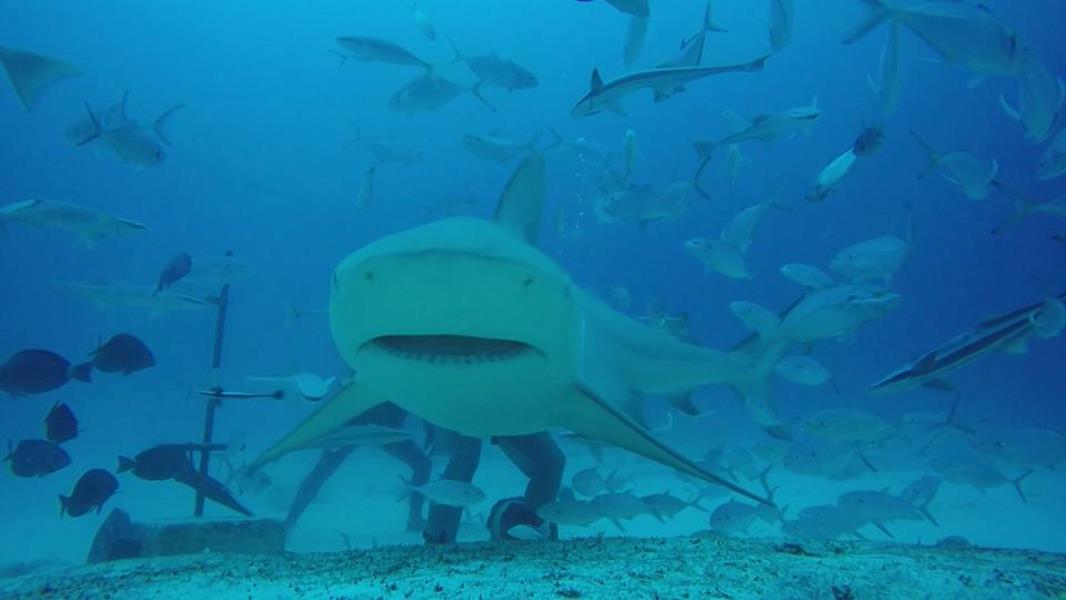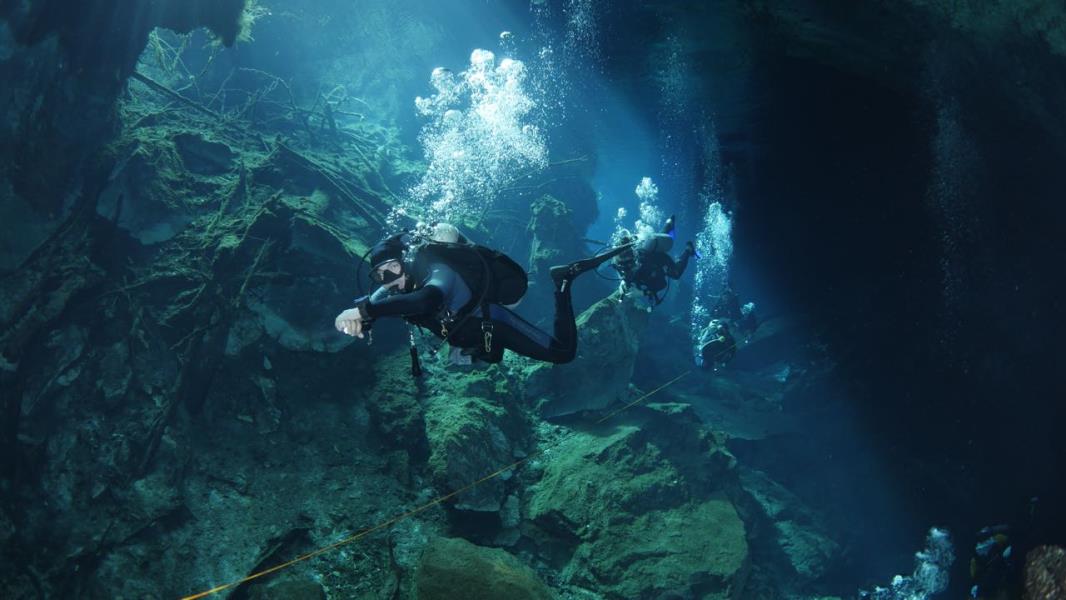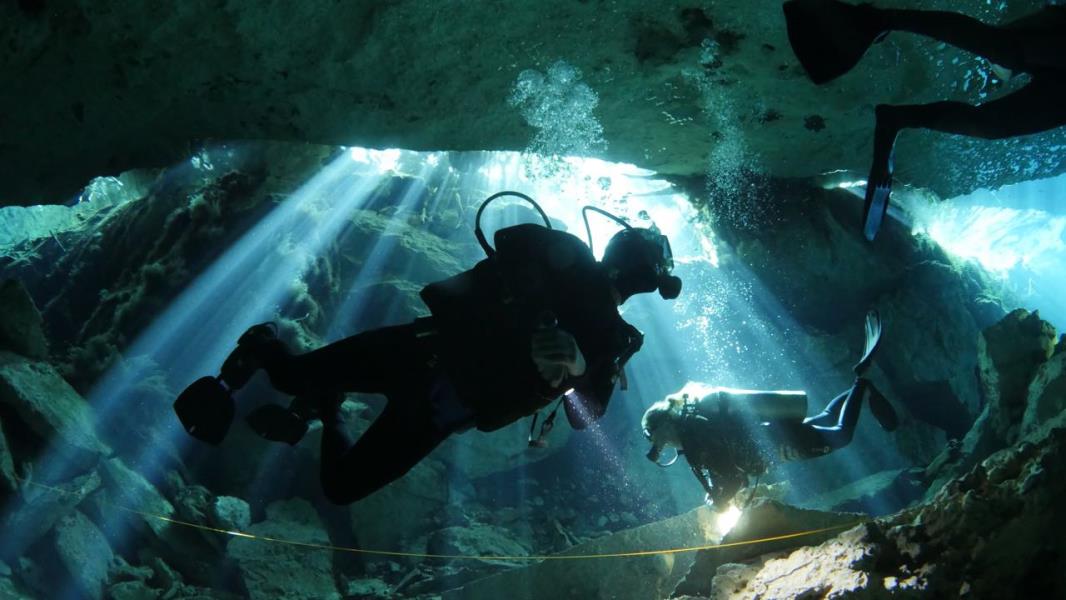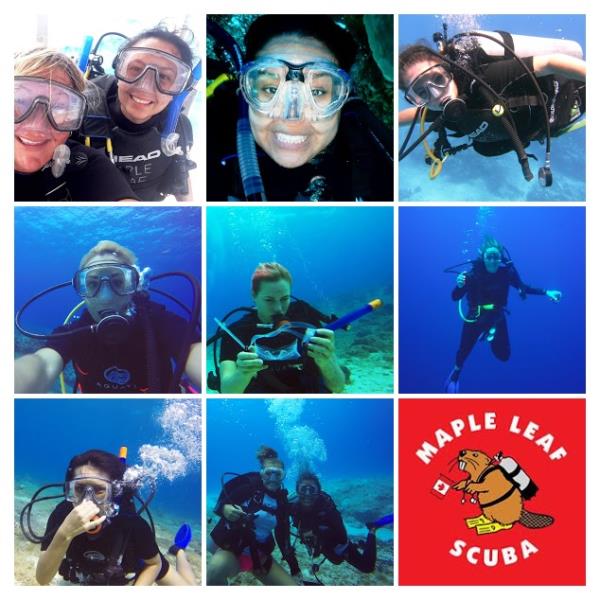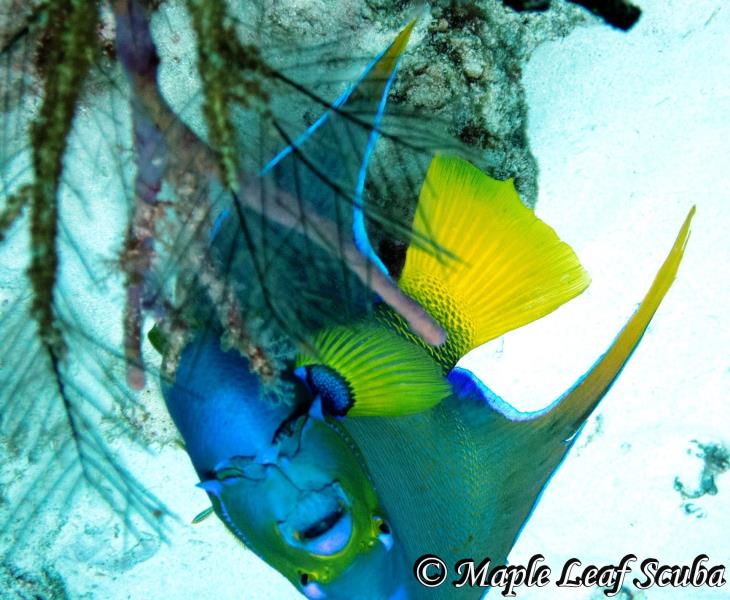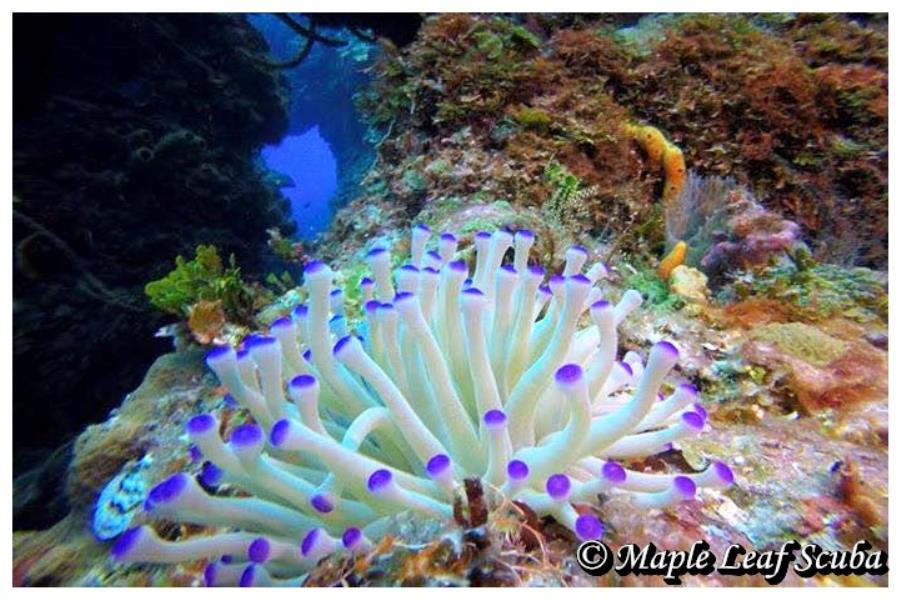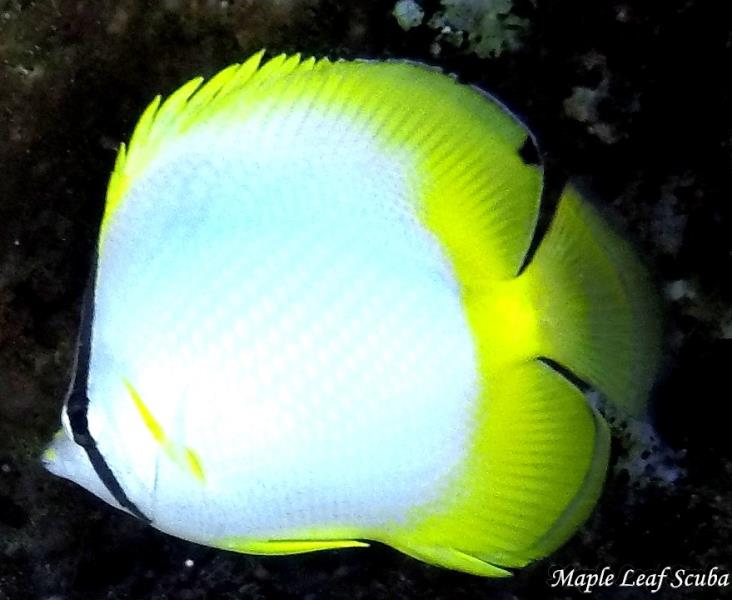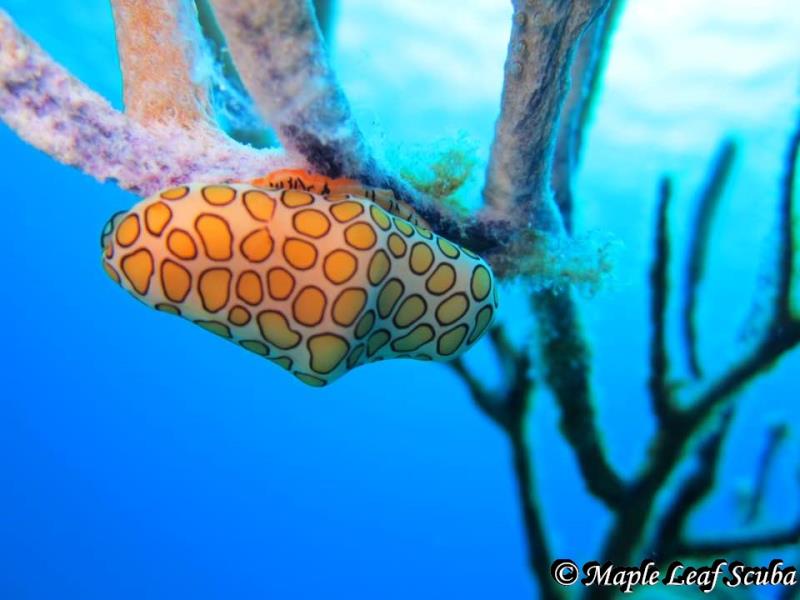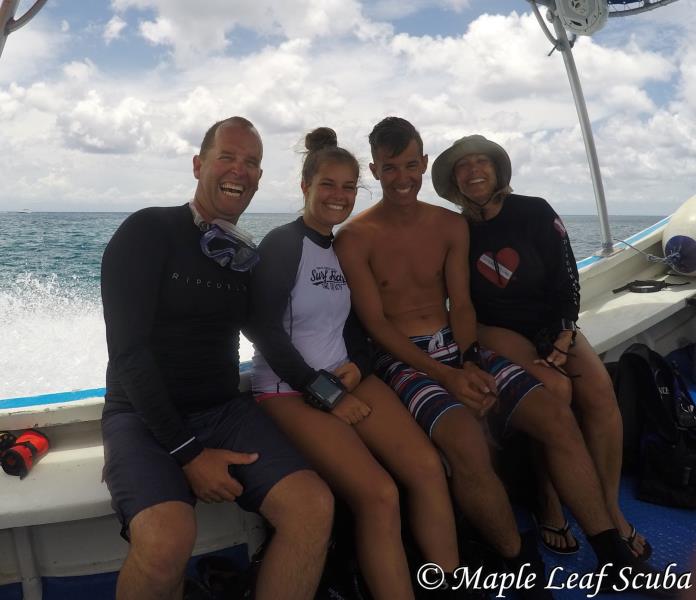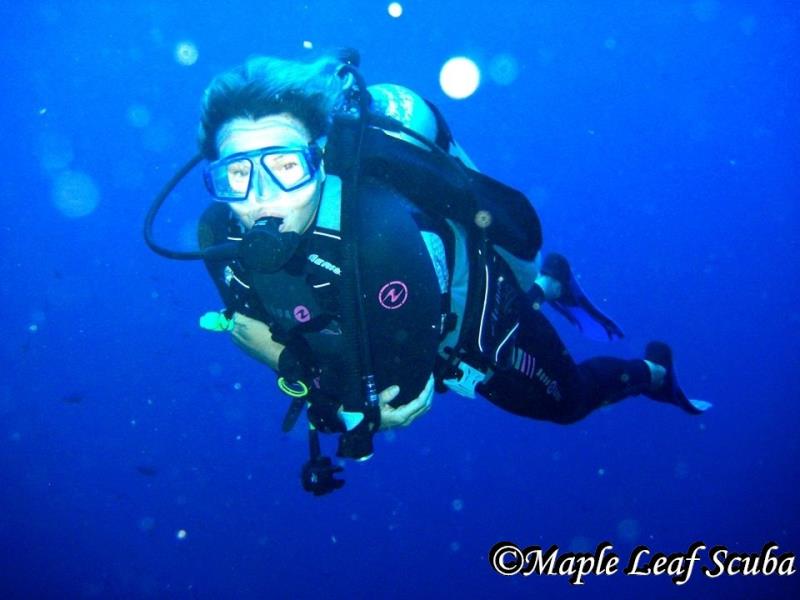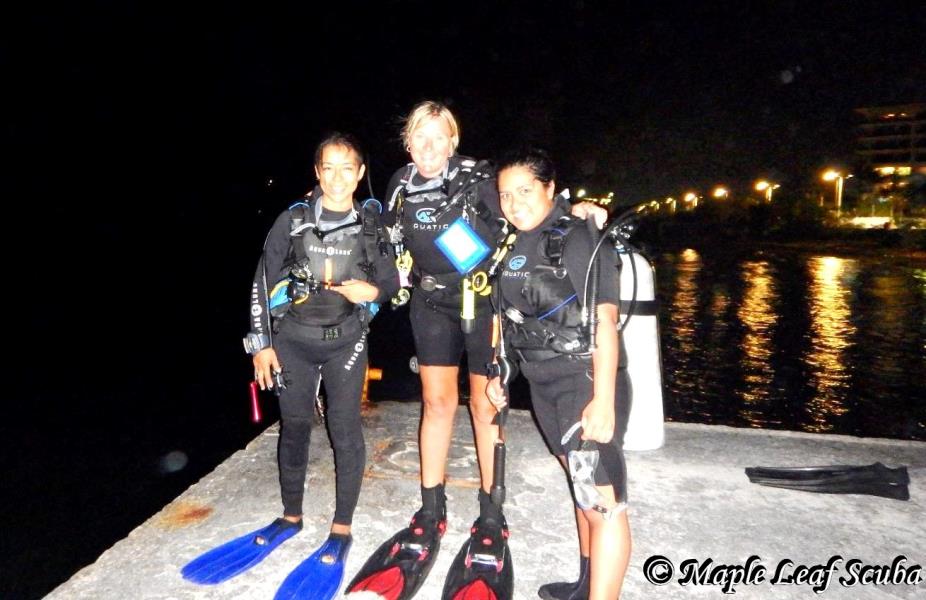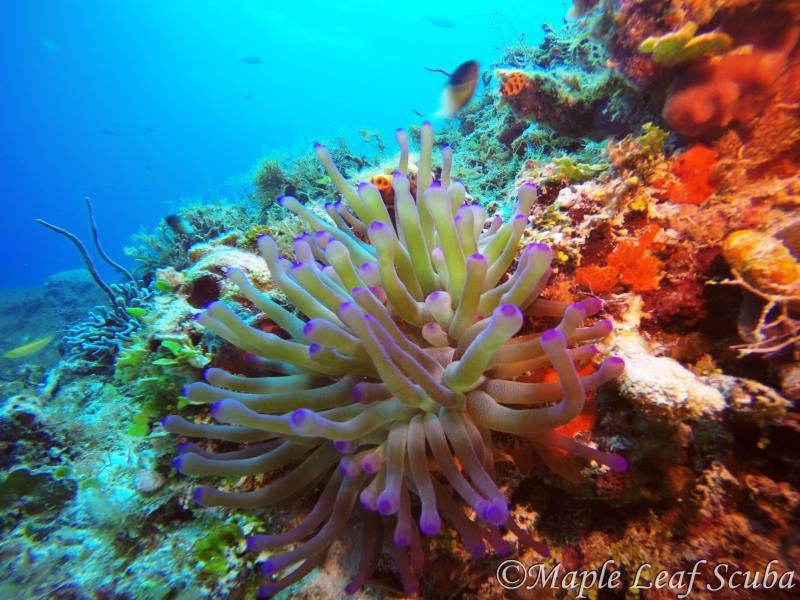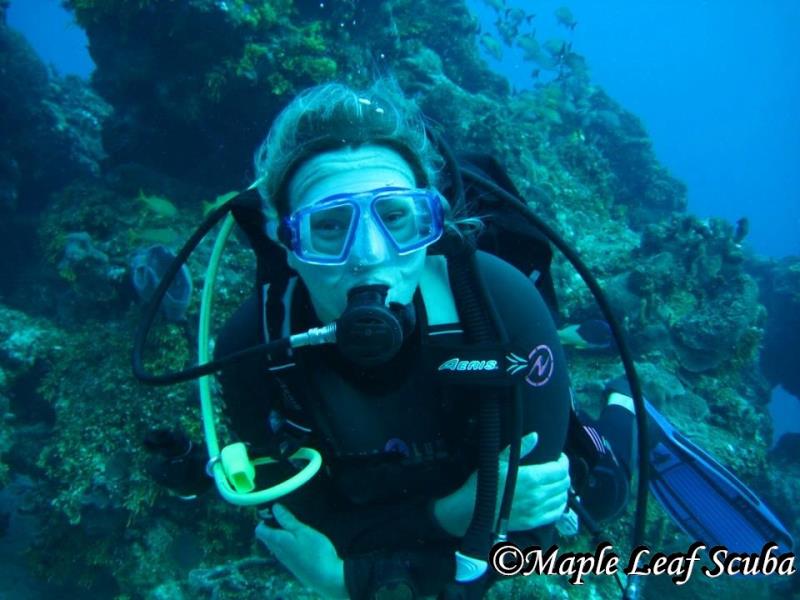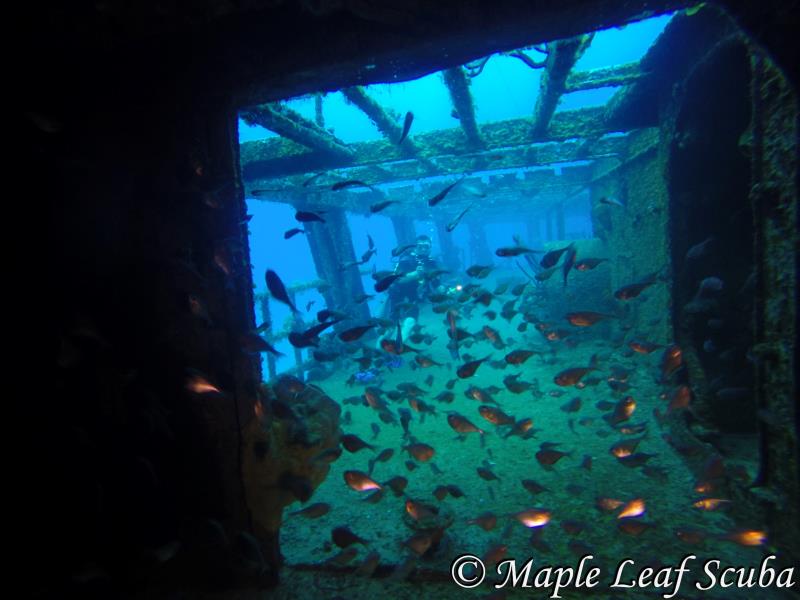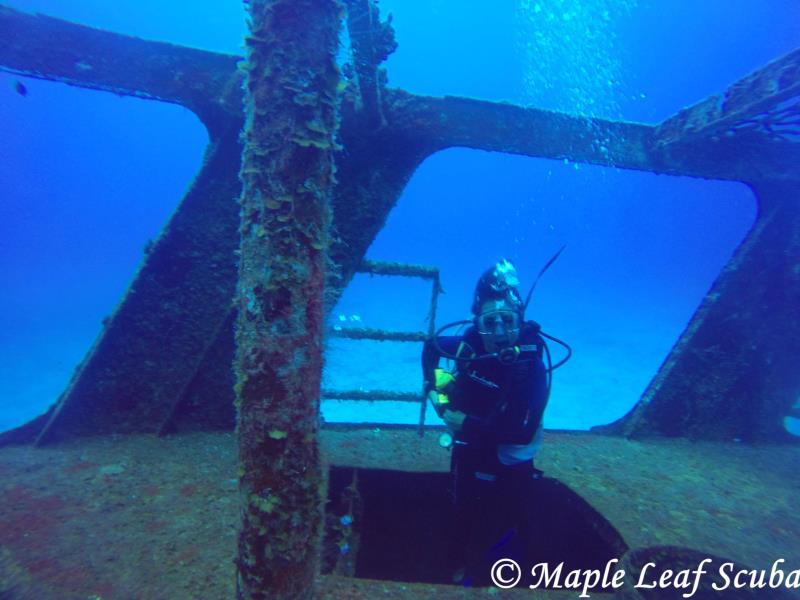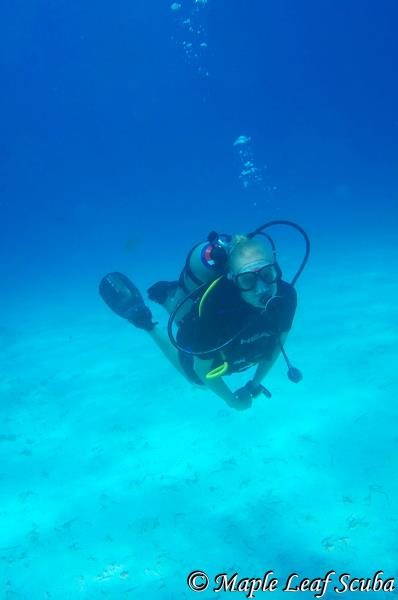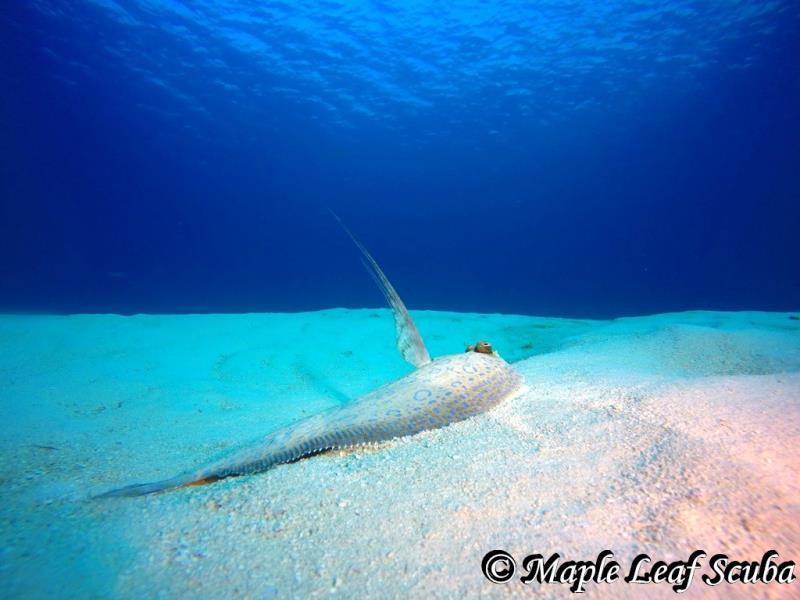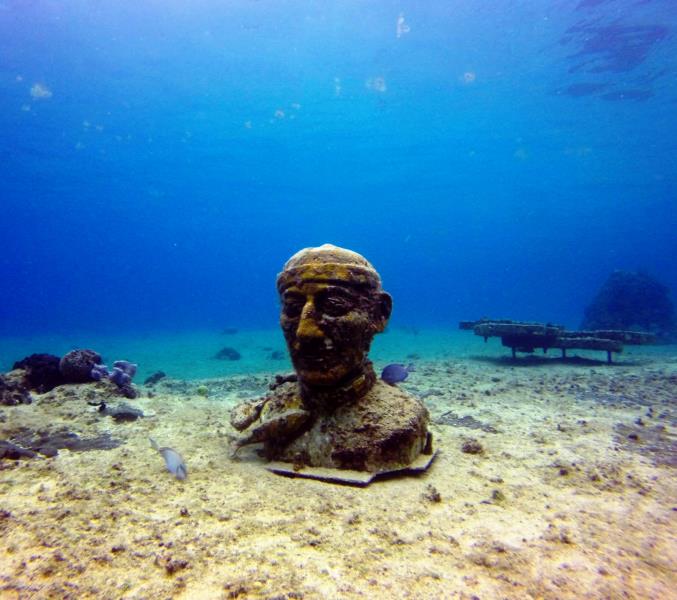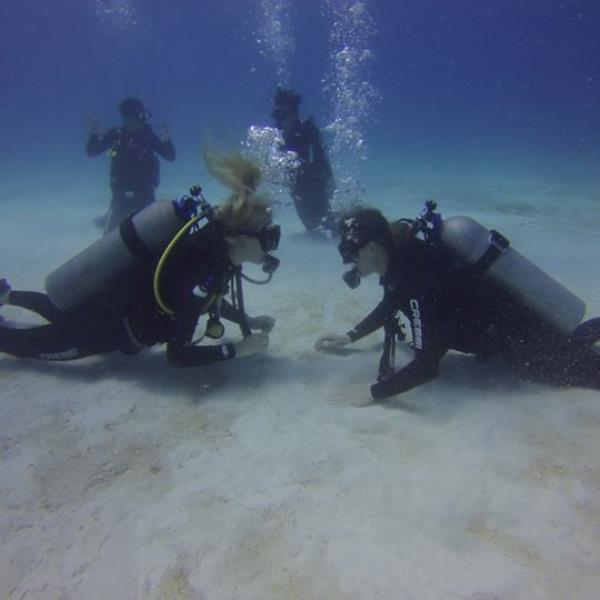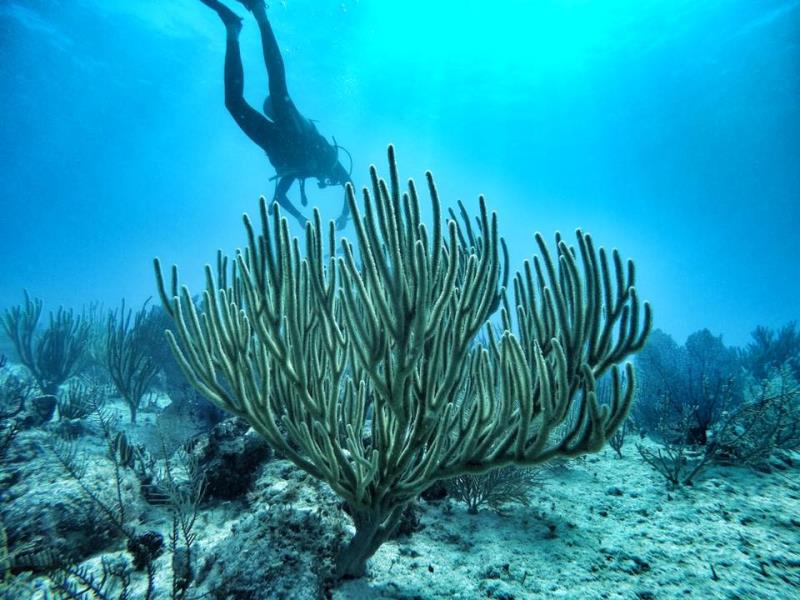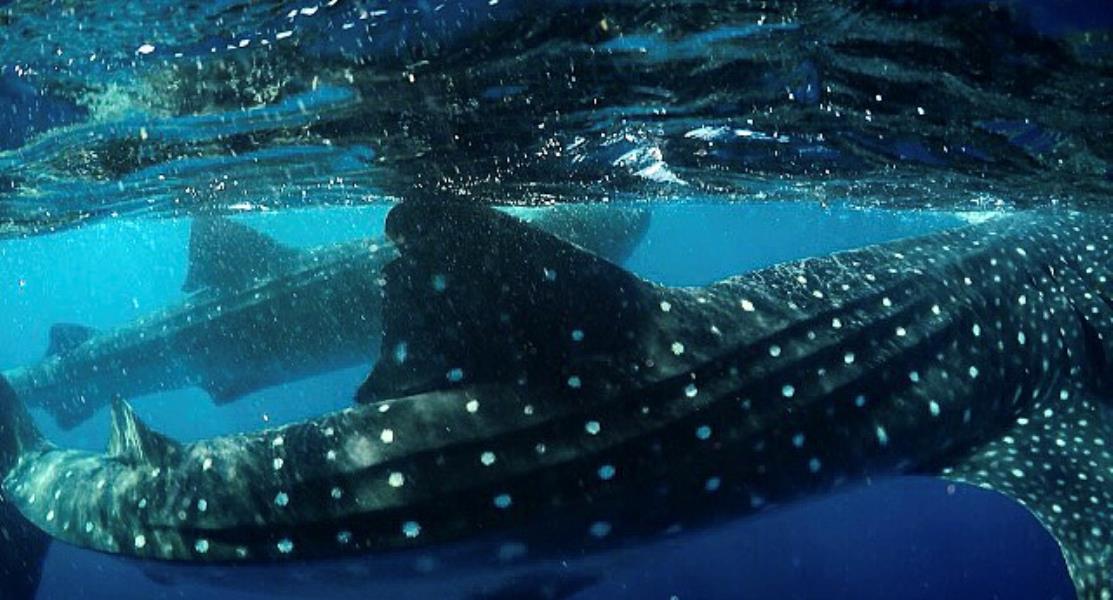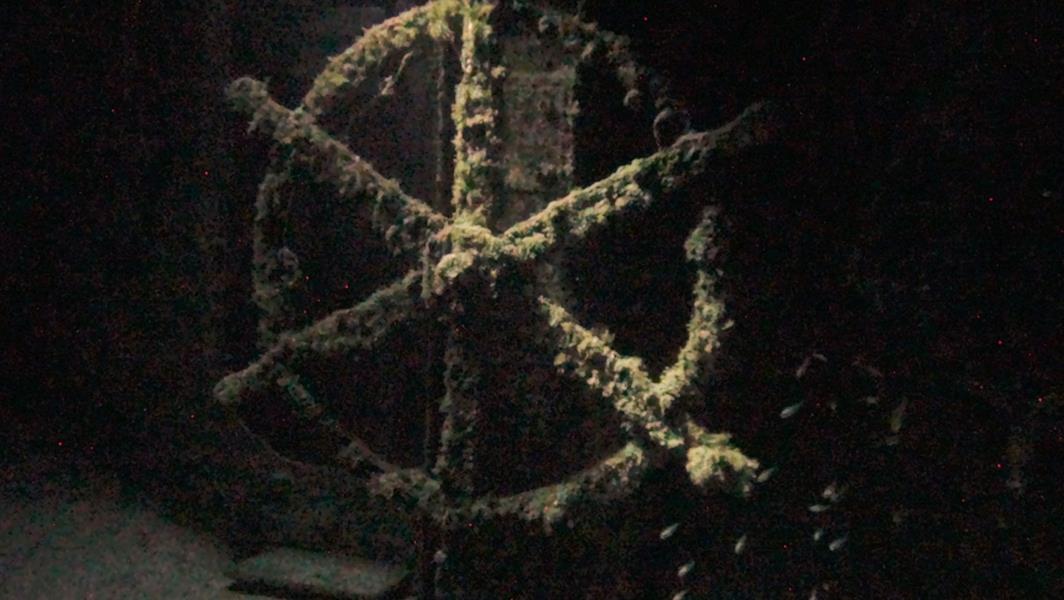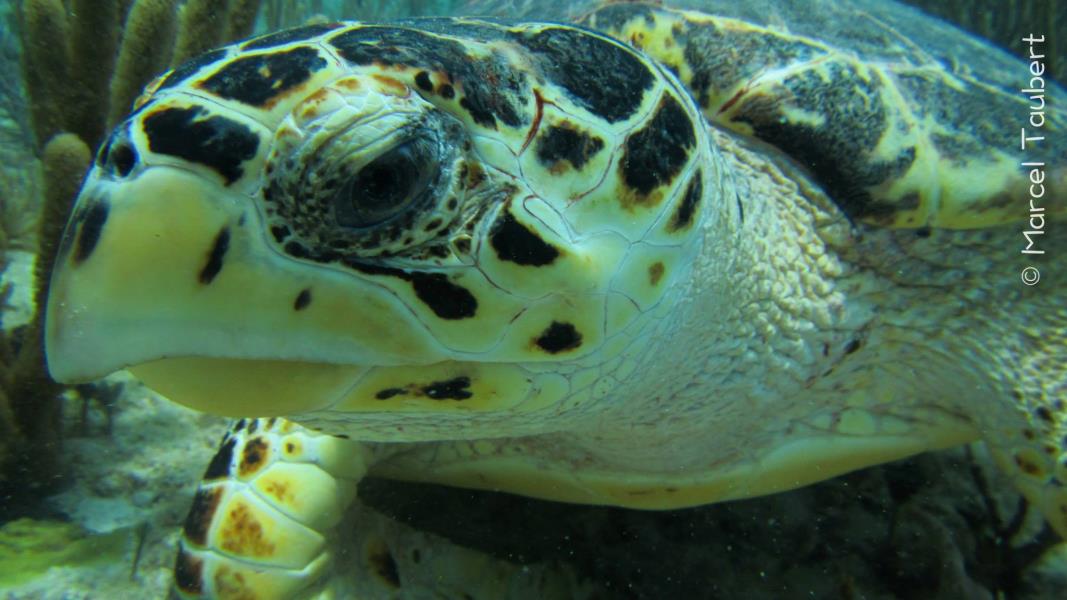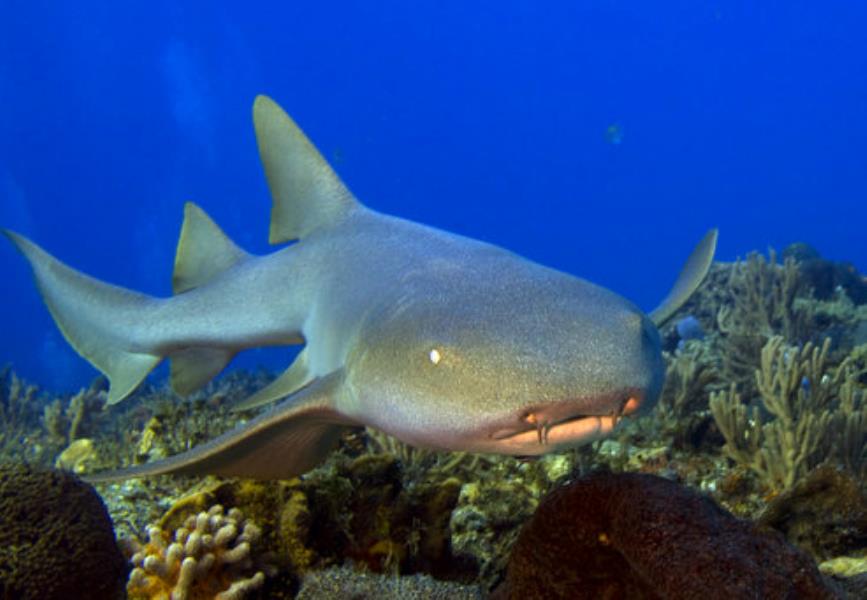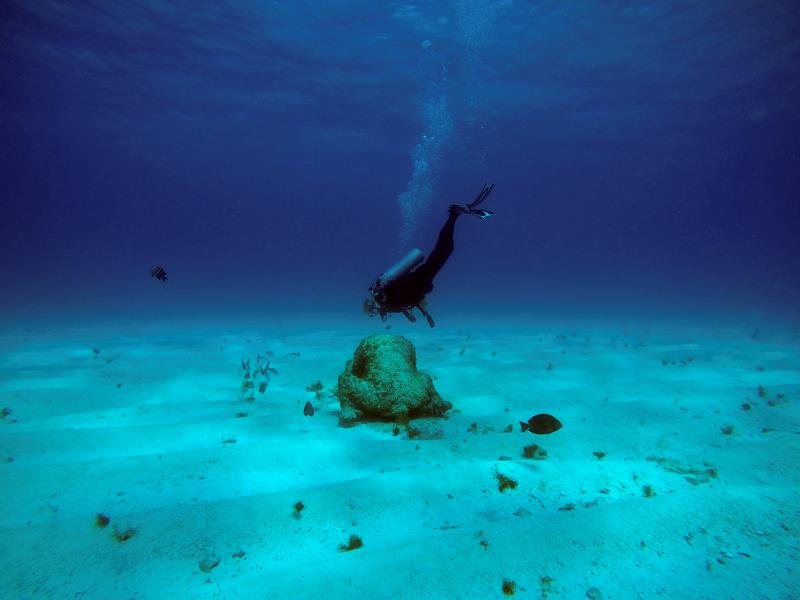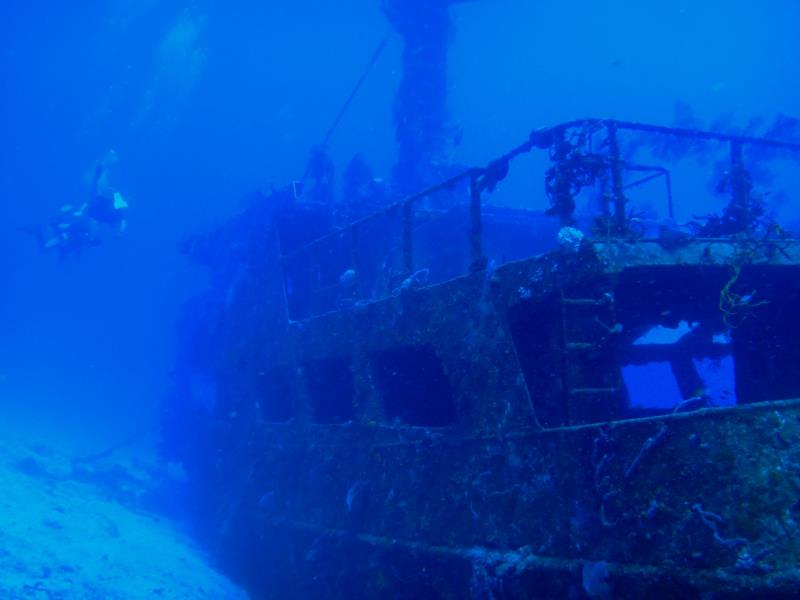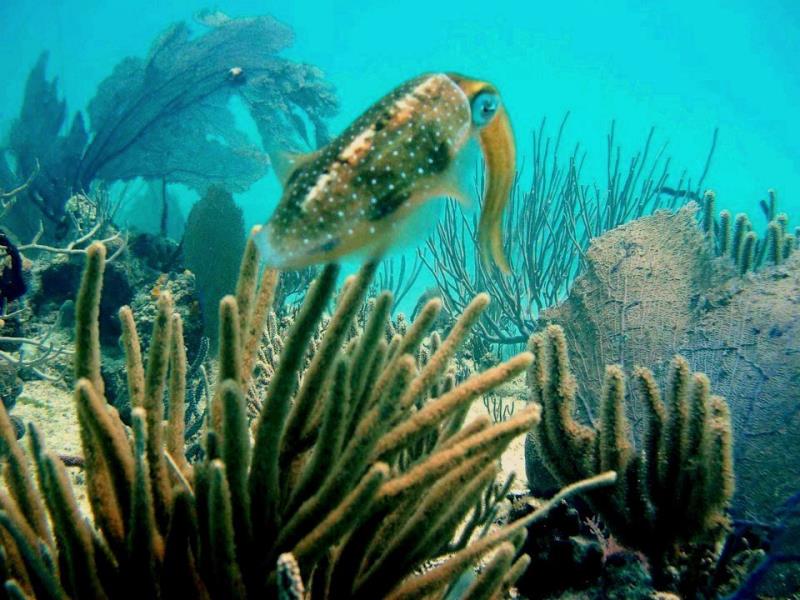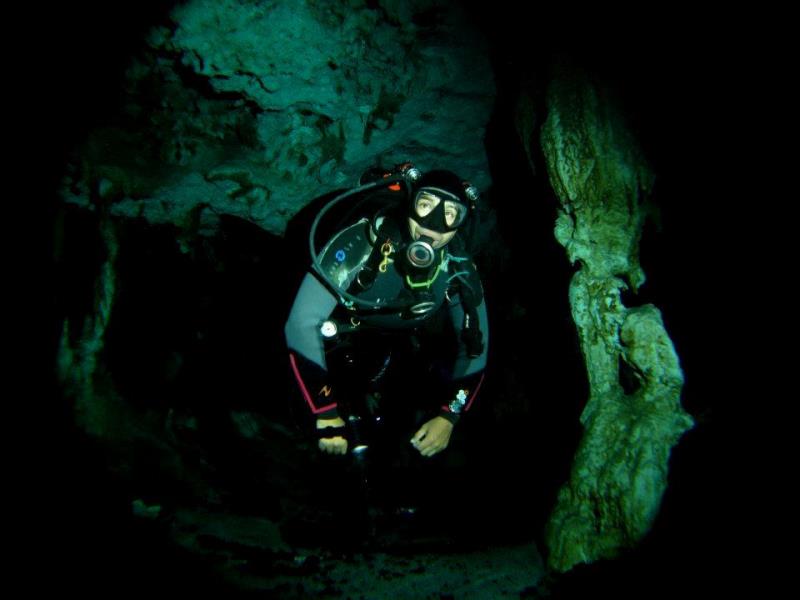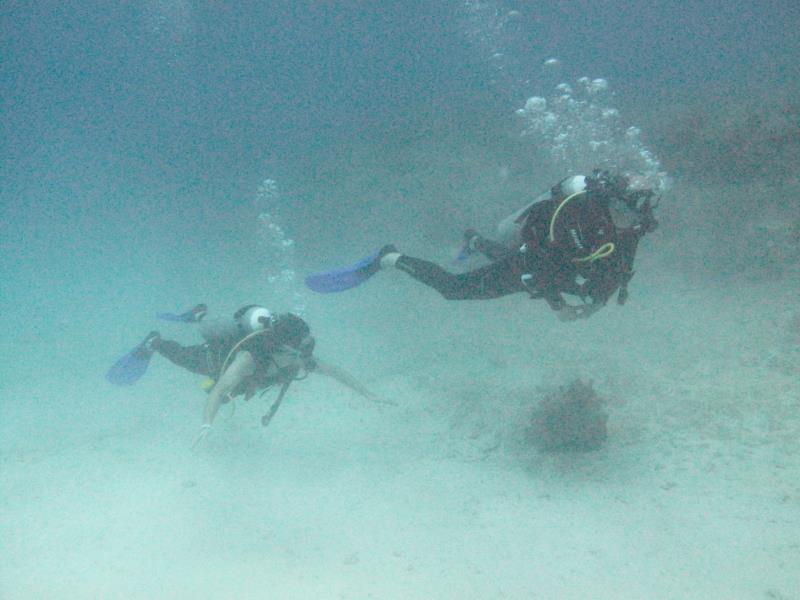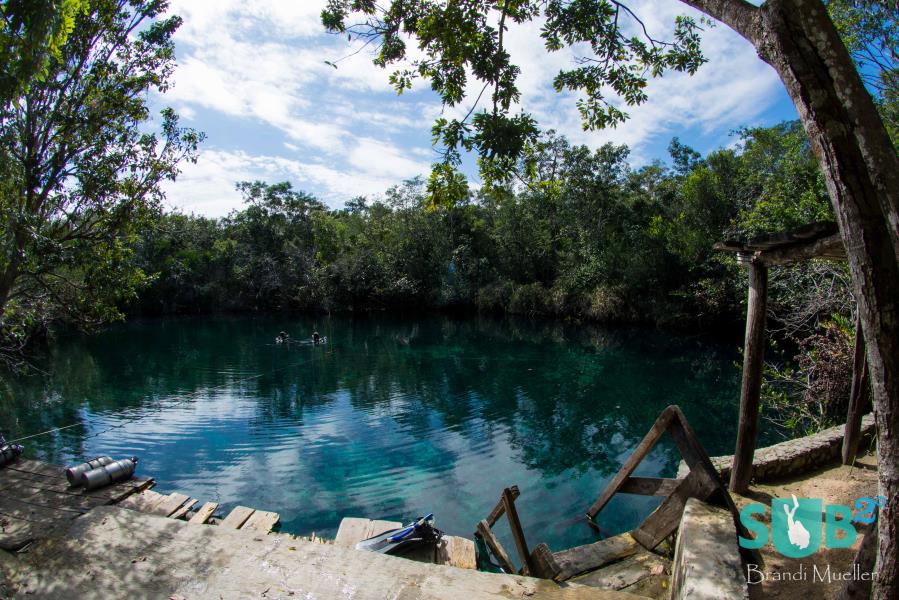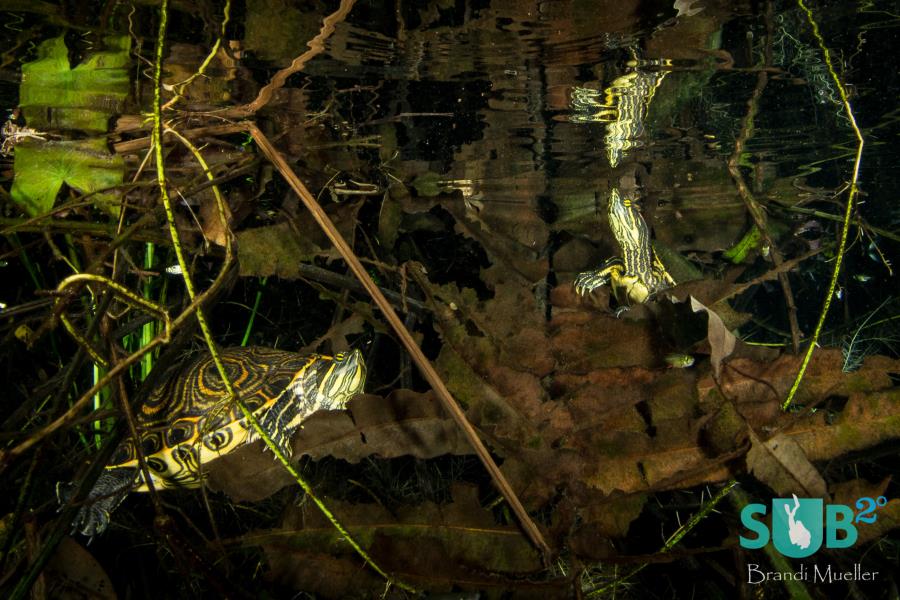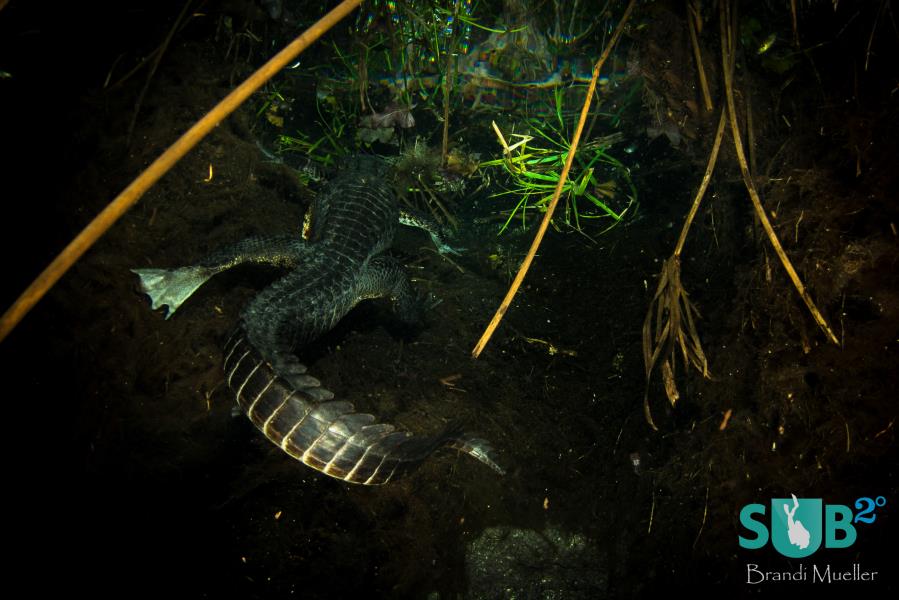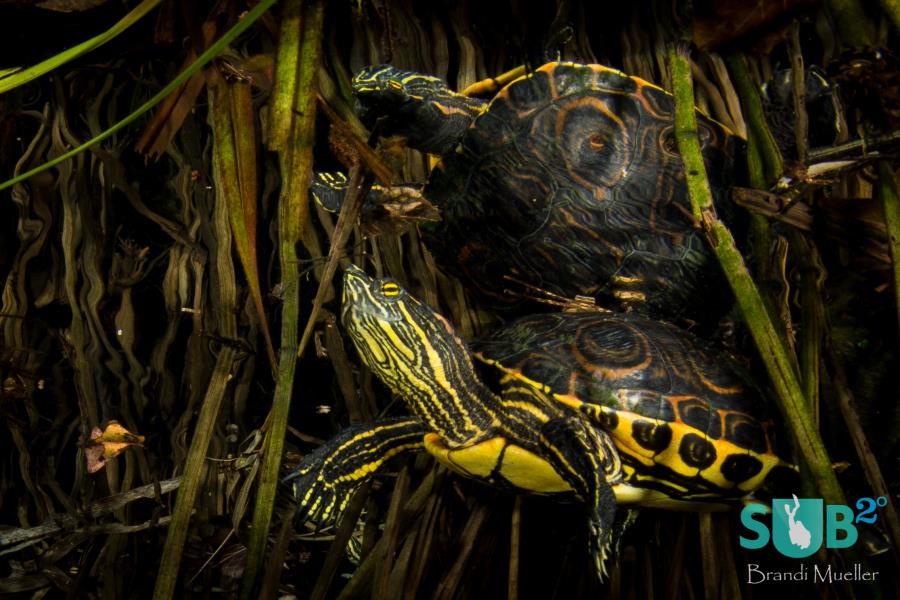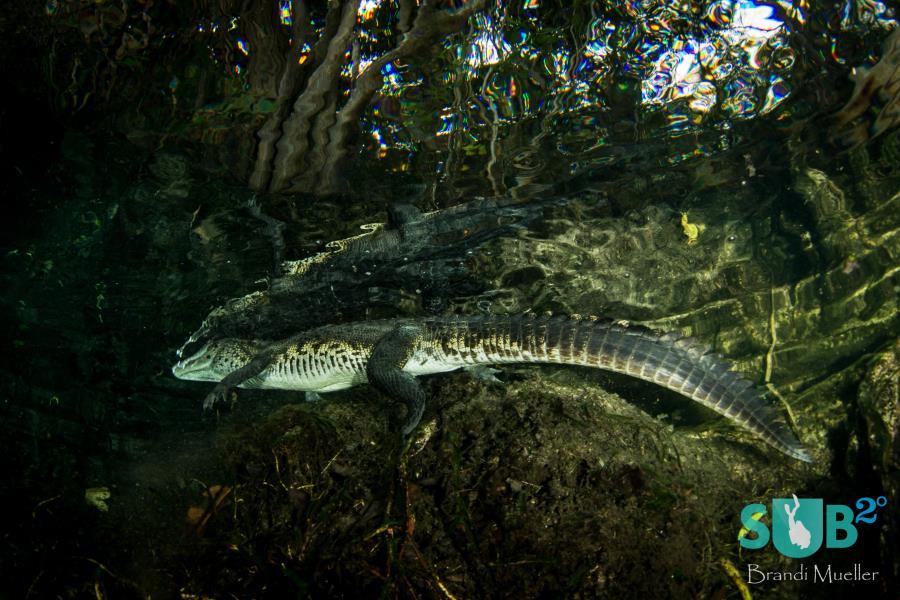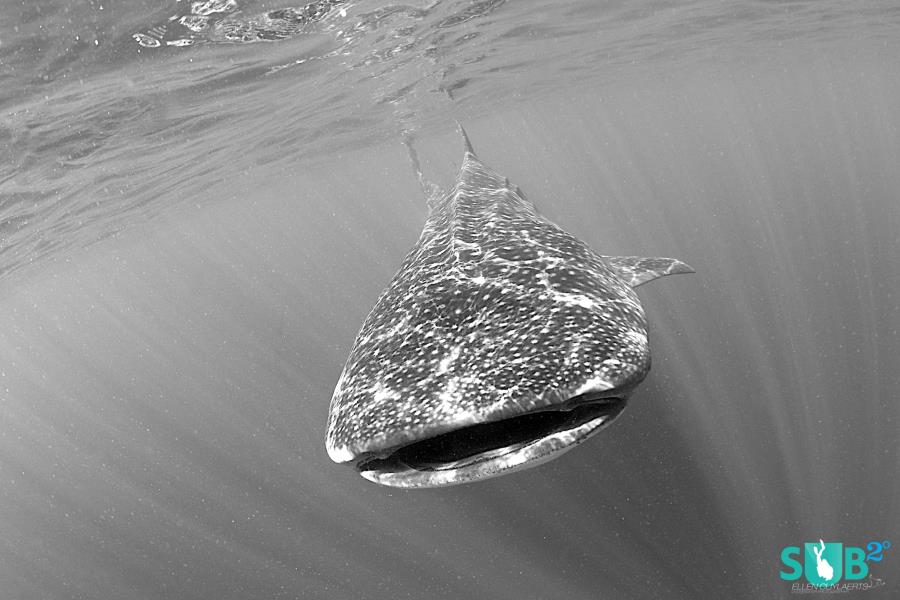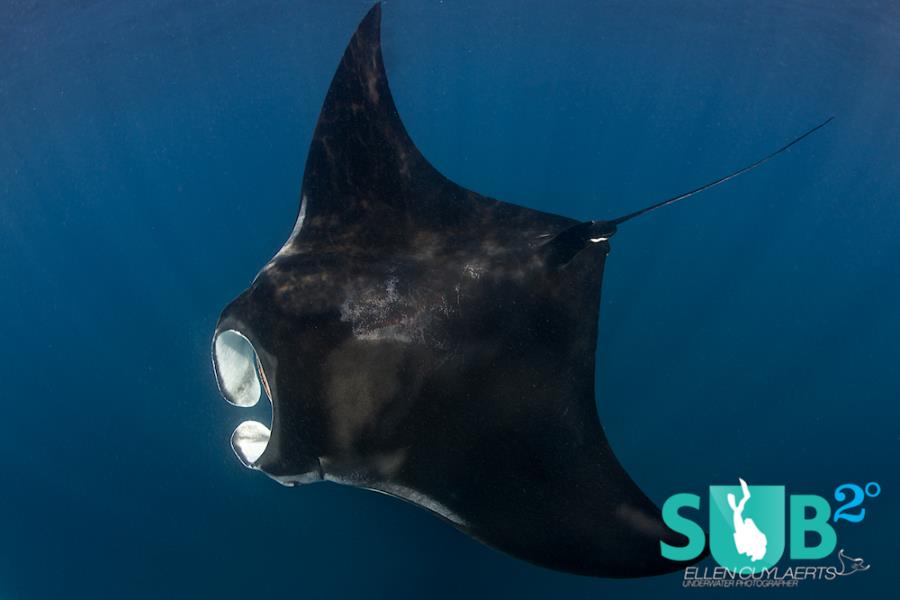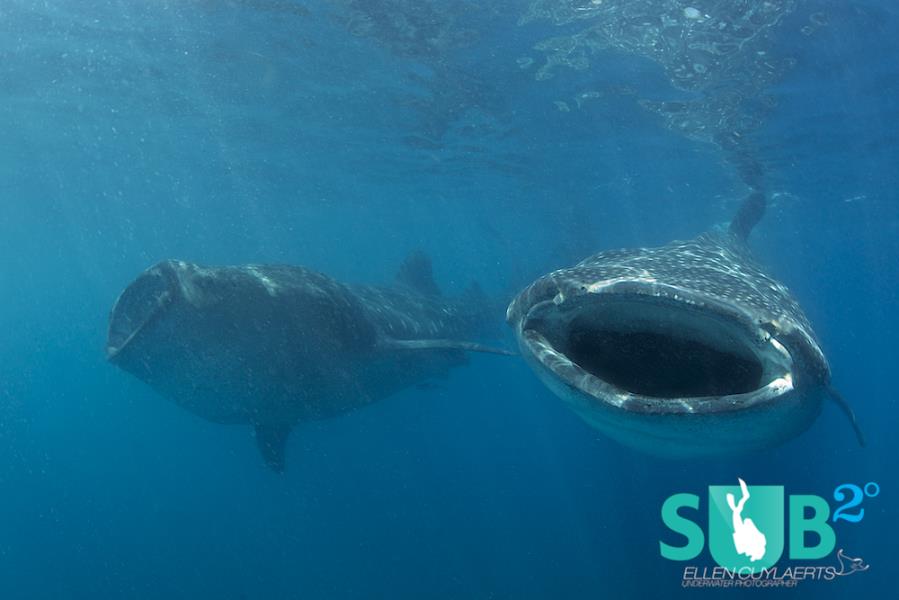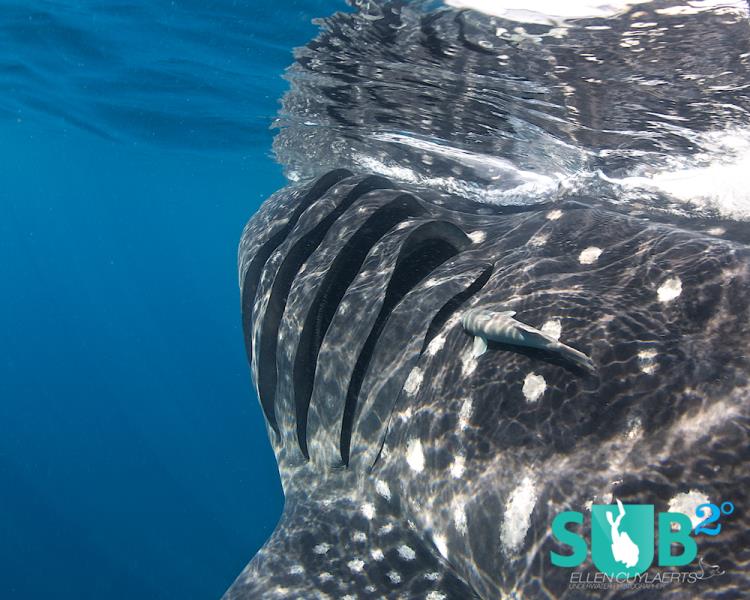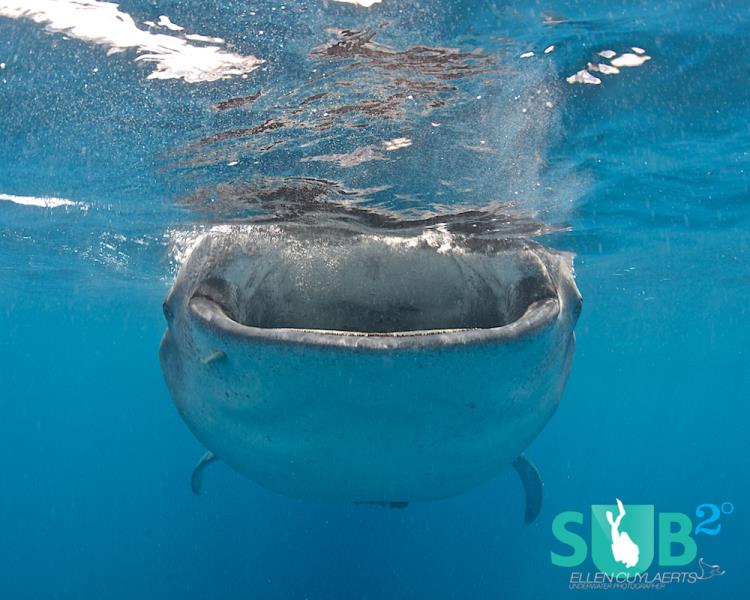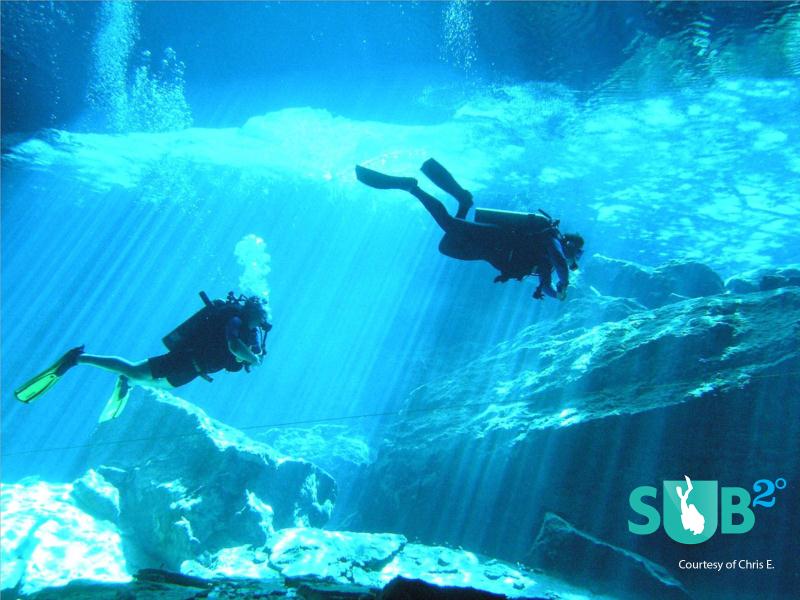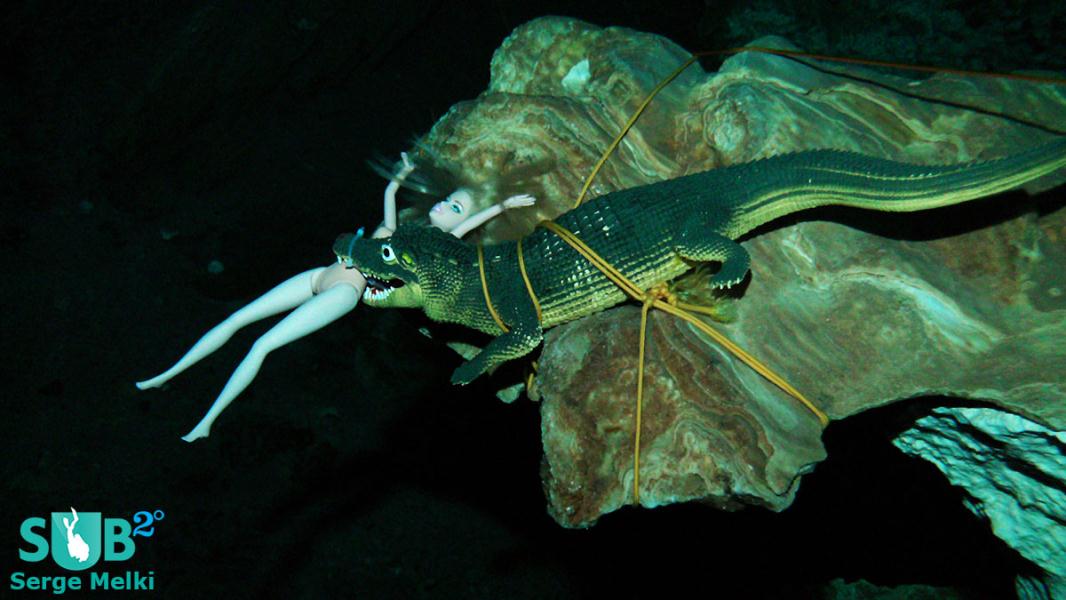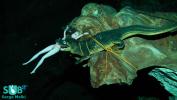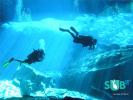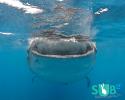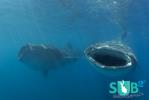 Advice on Scuba Diving in Yucatan Peninsula Cancun and Riviera Maya, Mexico
Advice on Scuba Diving in Yucatan Peninsula Cancun and Riviera Maya, Mexico
Part 1: Overview of Scuba Diving in Yucatan Peninsula Cancun and Riviera Maya, (Mexico)
The northeast coast of the Yucatan Peninsula is known as the Riviera Maya. This coastal zone runs from Cancun in the north down through the resort laden Riviera Maya down to about Tulum. The coastal area to the south of Riviera Maya is known as Costa Maya, covered in a separate article.
The warm, uniquely clear and blue waters of the Caribbean Sea lap the Riviera Maya’s coast. This is a haven for coral reef and diverse colorful marine life and also a haven for tourists. When development of- what is now- Cancun started in 1970, Isla Cancun had only three residents who were caretakers of a coconut plantation. The land has since been built up and expanded upon creating roads and hotels. The roads are named after the Mayan ruins that are within a couple hours drive of Cancun such as Tulum, Coba and Chichen Itza.
As far as scuba diving goes, this region of the Yucatan has a lot of dive sites and The Belize Barrier Reef runs off the Yucatan Peninsula's coast and rims the islands Cozumel and Isla Mujeres. The offshore Belize Barrier Reef is the second largest barrier reef in the world, second only to Australia's Great Barrier Reef. The freshwater cenotes, flooded old caves, and sinkholes are a network of amazing dive sites and swim holes that are very clear, cold and exotic.
The weather in the Cancun area and along the Riviera Maya is tropic and fair, staying warm for most of the year and hardly exceeding 95 degrees F in the hottest part of the year between May and September. Low temperatures are January through March but rarely drop below 75 degrees F. This makes for ideal scuba diving temperatures. Water temperatures reach their high around 84 degrees F from June through October then water temperatures drop to the lowest of the year in February at around 78 degrees F, hardly chilly. The warm current moving northward from South America along the Central American Caribbean Coast is known as the Yucatan Current. It brings the warmth in the spring through the long summer each year.
Part 2: Dive Sites, Marine Life & Environment in Yucatan Peninsula Cancun and Riviera Maya, (Mexico)
There are many dive sites off the Cancun, Riviera Maya area and the nearby islands of Isla Mujeres and Cozumel. The area has become very popular with tourists, and the resorts that line the beachfront from Cancun down into Play del Carmen and Tulum are growing each year. Scuba divers can easily find a dive boat and get out to the local dive sites, exploring the beautifully clear blue Caribbean waters.
Most of the dive sites near Cancun are off shore from Cancun's hotel zone peninsula in the shallow blue waters and out between the mainland of Cancun and Isla Mujeres, which is only about 4 miles out from the hotel zone of Cancun. These dive sites are numerous and sometimes busy. The more shallow dive sites near Cancun include Aristos and Grampin. Out in the deeper waters between Cancun and Isla Mujeres, check out the more technical dive sites El Tunel and Cuevas de Afuera. Close to Isla Mujeres, there is the popular dive site called La Bandera and Manchones reef area, close to the island's shore.
While diving in the Cancun area do not miss the Cancun Underwater Museum, an amazing artificial reef created in 2009 especially for scuba divers. There are now over 400 underwater structures making up the dive sites and it is expanding. Each of the statues is made of pH neutral clay, perfect for providing the substrate for coral reef growth and attracting marine life. Most of the underwater reef is near Cancun's Manchones reef, and the other structures are located on Punta Nizuc. You will see many sea turtles and fish along the reef.
Making your way south of Cancun along the Riviera Maya brings you to the playful town of Playa del Carmen. The large island of Cozumel is easily accessible via ferry from Playa del Carmen and is well worth the cheap ticket to see the amazing island for yourself. Cozumel is a great place to scuba dive. The dive sites near the ferry dock where you arrive are available for last minute shallow scuba dives or snorkel trips such as along Villa Blanca Wall south of the pier. Some of the best dives off Cozumel are farther south along the islands western shore including Chankanaab Reef, Yucab Reef, Cardona and Punta Sur Reef. There are so many beautiful fish that grace the walls and reefs off Cozumel including Graysby, Green Humphead Parrotfish, and the Spotted Scorpionfish.
There are also the many cenotes to dive in the Riviera Maya area and the caves that feed off of them. The one place not to miss when you are at the Yucatan is Xel-Ha. Xel-Ha is a snorkeler’s heaven and a literal underwater playground or even amusement park of sorts. You pay to get into the park and play, snorkel, swim, tube, cliff jump and bike, as well as get access to the unlimited and delicious buffets. You literally get out of the clear lagoon and have a drink and food, it is an amazing place for families or anyone who loves to play and explore water. The fish at Xel-Ha are somewhat tame used to people swimming around. There are lots of schooling fish and colorful Queen Triggerfish and Blue Tang.
Part 3: Dive Shops, Airports & Logistics of Diving in Yucatan Peninsula Cancun and Riviera Maya, (Mexico)
Getting to Riviera Maya usually starts with a flight into Cancun International Airport (CUN). This is a major airport servicing over 10 million passengers a year in and out of the Yucatan Peninsula. The airport is only 20km (12 miles) from Cancun's hotel zone and within an hour or less drive of resorts further south along the Riviera Maya. This is also a great place to fly in if you are on a mission to see the many Mayan ruins on the Peninsula. Some also choose to fly in and out of the small airport on the island of Cozumel. Cozumel International Airport (CZM) is a great option for travelers whose accommodations are on the island. Ferries are available to the nearby Isla Mujeres from Cancun's Puerto Juarez. A regular ferry also departs from the city of Playa del Carmen to the island of Cozumel.
Travel to resort along the Riviera Maya or down as far as Tulum are easy via taxi or rental car for your stay for a very reasonable price. It is great to have your car to explore the less frequented beach town and shore dive locations such as the little gem of Akumal. Another great part about having a car is that you can take day trips to Mayan ruins such as Tulum or amazing Coba found inland.
Some of the dive shops right in the heart of Cancun's hotel zone are Nautilus Diving and Training Center and divePro Cancun Dive. These shops serve the dive sites off Cancun, Cozumel and Isla Mujeres primarily. They offer dive trips and instruction for both advanced and beginners.
The fun town of Playa del Carmen is not only the departure town for the ferries to Cozumel but also a town with many high quality dive shops, beaches, clubs, and restaurants. Try Phantom Divers in Playa el Carmen to arrange a dive trip. These dive shops can set up day trips to the offshore reef, Cozumel, or the amazing freshwater cenotes dotted within the inland of Riviera Maya.
For dive shops on Cozumel, there are the dives shops Deep Blue Cozumel and Tres Pelicanos Dive Center is a place to check out. These two shops are among a dozen or so dive shops located very close to where the ferry arrives and departs into San Miguel, Cozumel, and to and from Playa del Carmen. These shops can arrange some amazing dives around the island or deeper south along the reef that lines the Riviera Maya.
If you travel away from the tourism of Cancun and past the many resorts of the Riviera Maya, you may be lucky enough to get to the outer skirts of the touristic frenzy areas and find Tulum. This little rustic town was once very small and obscure but has grown in popularity over the decades and now has resorts of its own. The Mayan ruins on the beach of Tulum are well worth the trip south from Cancun, and have some great little dive shops that offer some amazing day trips to great dive locations in the area and further south. There is the shop Dream Dive, a scuba school and shop ran by a Belgian couple. Then there is the small but technical dive shop called Cave Heaven specializing in you guessed it, local cave diving! The shop's instructors can teach you how to cave dive in English, Spanish, Italian or French. Exploring the system of cenotes and the freshwater caves of the area make for technical, challenging and life long dive memories.
---- Book Your Diving ----
Fill in the Form Below.
Our hand picked regional partners will deliver no obligation quotes.
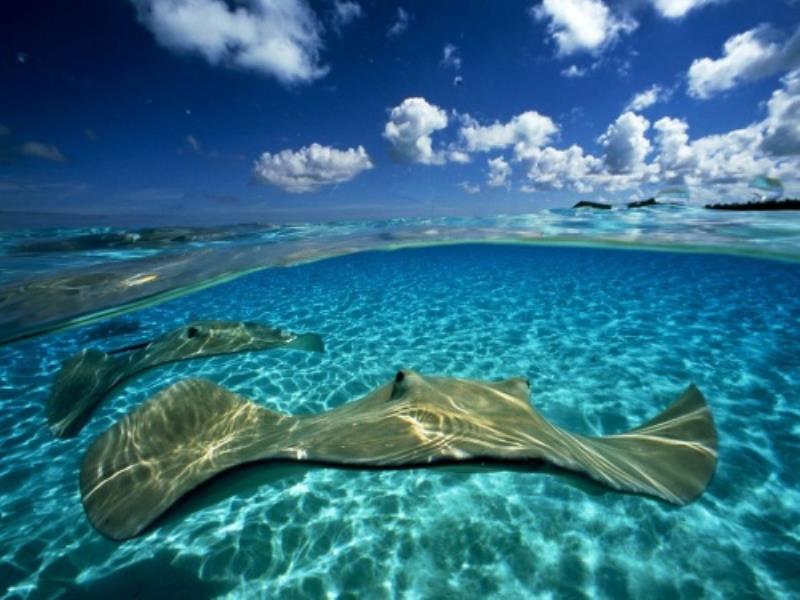
Tweets by @DiveAdvisorApp
Top Dive Shops
Top Dive Sites
Dive Logs
-
Gabi2020 Tuesday, January 21, 2020
-
geraldineS Wednesday, January 4, 2017
Certifications Offered
-
Open Water Diver
Dive Shop Mexico , Yucatan Peninsula Cancun and Riviera Maya -
PADI Scuba Diver
Dive Shop Mexico , Yucatan Peninsula Cancun and Riviera Maya -
Digital Underwater Photographer
Dive Shop Mexico , Yucatan Peninsula Cancun and Riviera Maya


